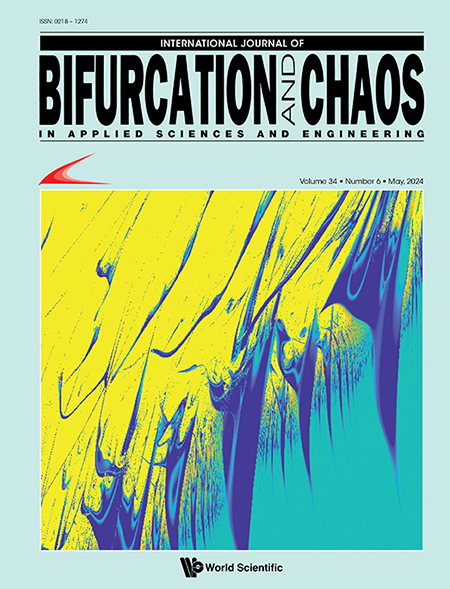Dynamics of a New Delayed Glucose–Insulin Model with Obesity
Abstract
In this work, a new glucose–insulin model incorporating time delay and obesity is developed to gain insights of its dynamical mechanisms. Through the method of multiple scales, we theoretically demonstrate that time delay can drive the system to yield Hopf bifurcation, thereby producing oscillating solutions that are consistent with the simulation results. Moreover, obesity changes the level of glucose, but cannot induce oscillations. In particular, it is found that under the combined effect of obesity and time delay, obesity delays the appearance of Hopf bifurcation which is induced by time delay. Results show that a low calorie diet can achieve therapeutic effects including reducing blood glucose fluctuations and insulin resistance, which can be used as an adjuvant for the treatment of diabetes. In addition, our results indicate that the delay, together with an optimal rate of model parameters can cause a variety of dynamics and induce glucose oscillations. The result obtained in this paper may help to better understand the obesity, diabetes, and the interaction between glucose and insulin, so that control strategies can be designed to better regulate blood glucose levels and fluctuations and mitigate the occurrence of type-2 diabetes.
| Remember to check out the Most Cited Articles! |
|---|
|
Check out our Bifurcation & Chaos |


